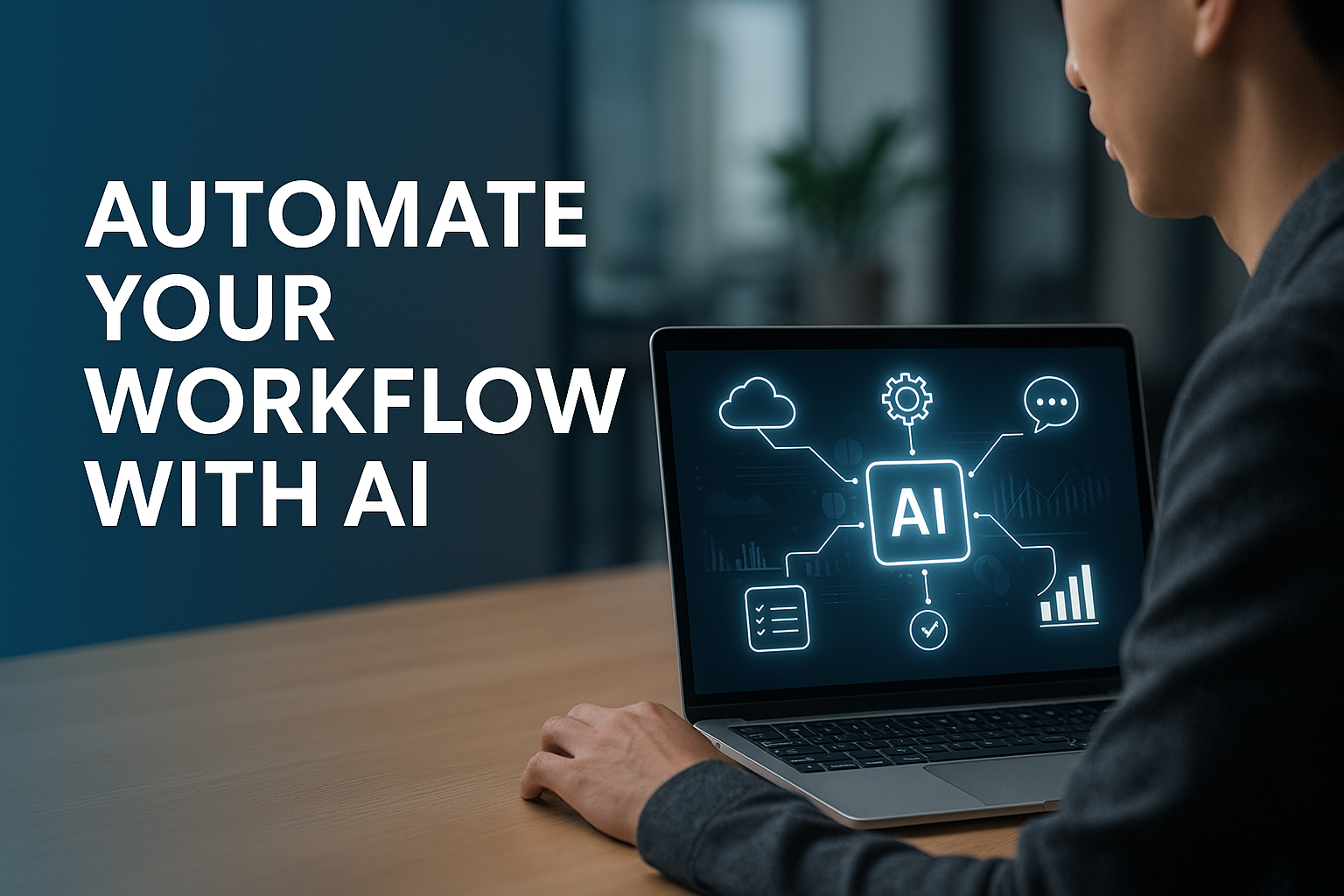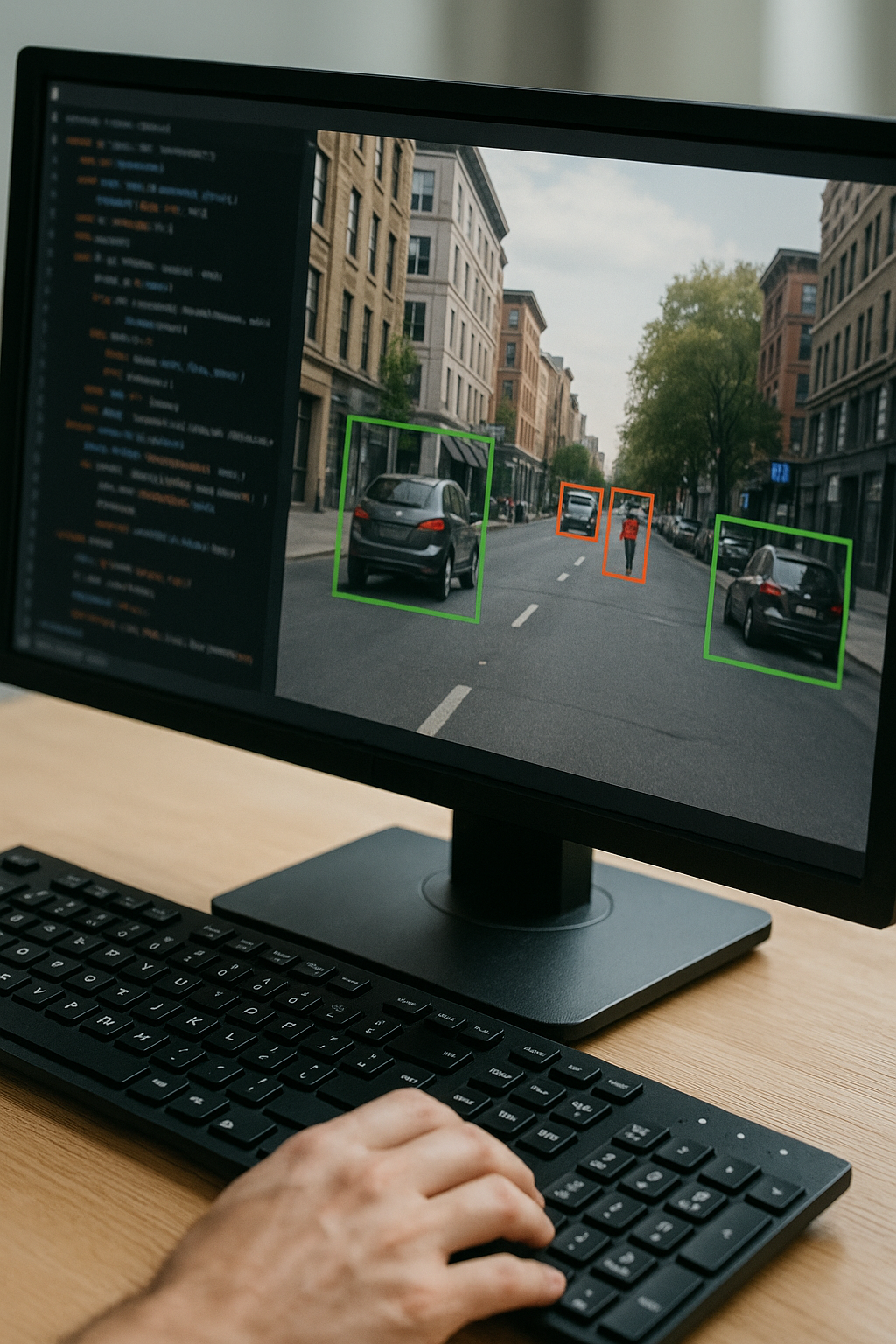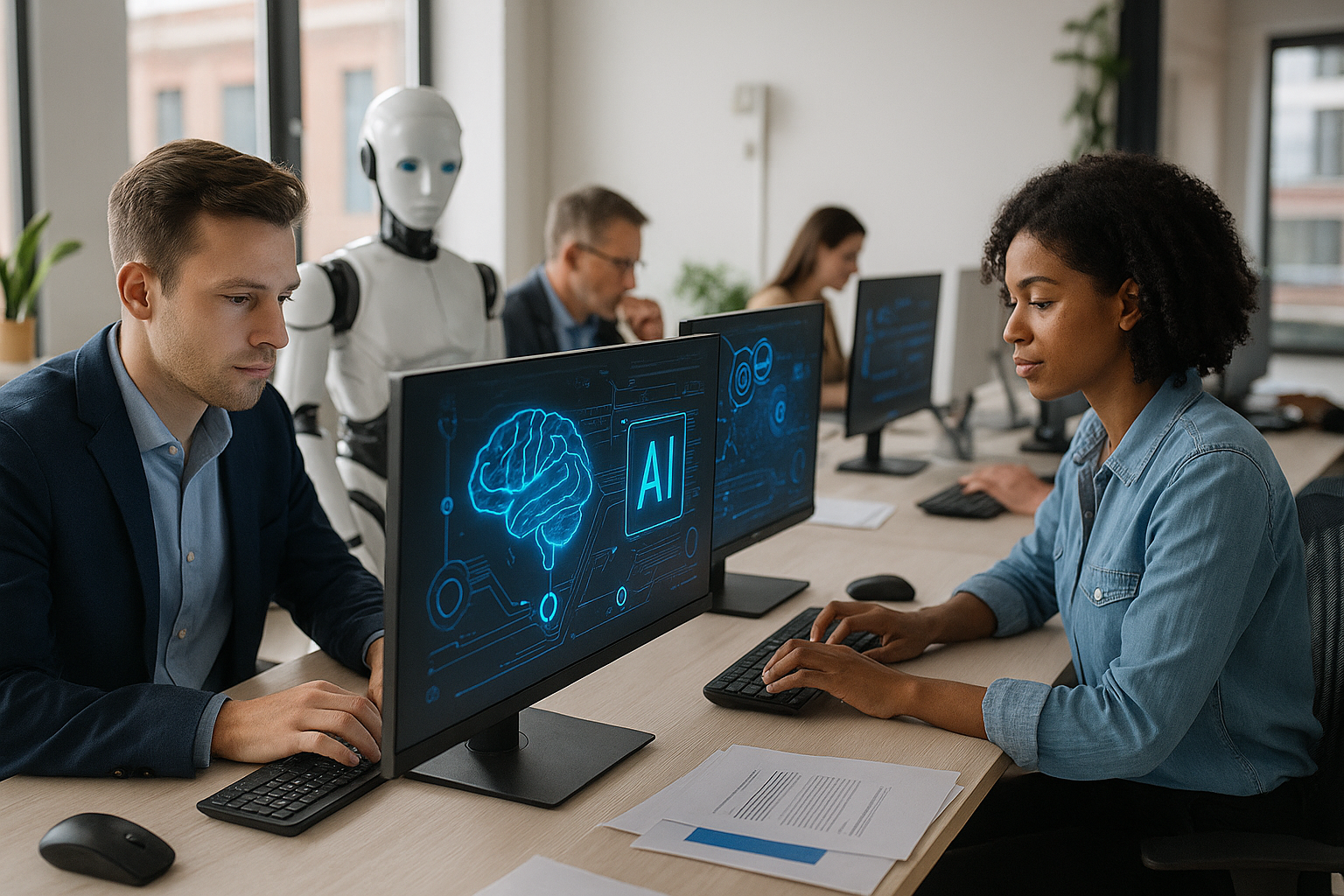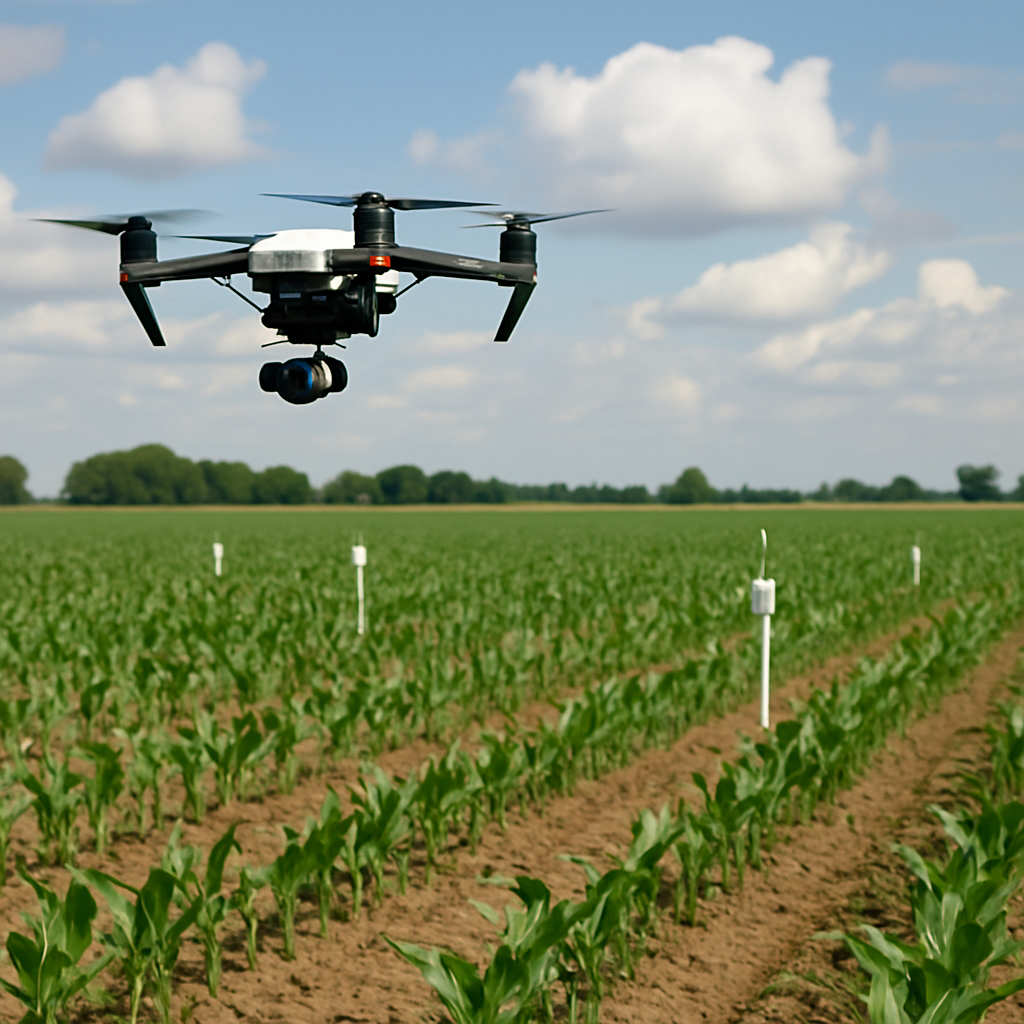Emerging AI Trends
Shaping the Future of Technology and Society
Artificial Intelligence (AI) continues to evolve at a breakneck pace, pushing the boundaries of what's possible in technology and reshaping industries across the globe. In this post, we'll dive deep into some of the most exciting recent advancements and innovations in AI, explore their current applications, and speculate on their potential implications for the future.
Generative Models: Creating Reality
Generative AI models have taken center stage in recent years, with capabilities that seem almost magical. These models can create images, text, music, and even video that are increasingly indistinguishable from human-created content.
Text Generation
Models like GPT-4 have demonstrated an uncanny ability to produce human-like text, engaging in complex dialogues, and even coding.
- Natural Language Understanding: These models can comprehend context, nuance, and even subtle implications in text, allowing for more natural and meaningful interactions.
- Content Creation: From writing articles and stories to generating marketing copy, AI is becoming an invaluable tool for content creators.
- Code Generation: AI can now write complex code snippets, debug existing code, and even explain programming concepts, potentially revolutionizing software development.
- Language Translation: AI-powered translation has reached new heights, offering near real-time translation across hundreds of languages with impressive accuracy.
Image Creation
Tools like DALL-E, Midjourney, and Stable Diffusion are pushing the boundaries of visual creativity, allowing users to generate stunning images from text descriptions.
- Art and Design: These tools are being used to create concept art, illustrations, and even fine art, blurring the lines between human and AI creativity.
- Product Visualization: Businesses are using AI to quickly generate product mockups and visualizations, streamlining the design process.
- Virtual Environments: AI is being used to create detailed, realistic environments for video games, virtual reality, and architectural visualization.
Audio Synthesis
AI is now capable of generating realistic speech, composing music, and even cloning voices with startling accuracy.
- Text-to-Speech: AI-generated voices are becoming increasingly natural, with applications in audiobooks, virtual assistants, and accessibility tools.
- Music Composition: AI can compose original music in various styles, potentially revolutionizing the music industry and creative processes.
- Sound Design: From creating sound effects for films to generating ambient noise for virtual environments, AI is becoming a powerful tool in audio production.
The implications of these advancements are profound, potentially revolutionizing creative industries, content production, and even how we interact with technology on a daily basis. However, they also raise important questions about copyright, authenticity, and the future of human creativity in an AI-augmented world.
Reinforcement Learning: AI That Adapts
Reinforcement Learning (RL) is another area seeing significant progress. This approach allows AI systems to learn through trial and error, much like humans do, leading to more adaptive and robust AI systems.
Game-playing AI
RL has produced AI that can beat human champions at complex games like Go, Chess, and even multiplayer video games.
- Strategic Thinking: These AIs demonstrate the ability to develop long-term strategies and adapt to opponents' moves in real-time.
- Transfer Learning: Skills learned in one game can often be applied to other, similar games, showing the potential for more generalized AI intelligence.
- Human-AI Collaboration: In some cases, human players collaborating with AI have achieved higher levels of play than either could alone, pointing to potential future synergies.
Robotics
RL is enabling robots to learn complex tasks and adapt to new environments more efficiently than ever before.
- Dexterous Manipulation: Robots can now perform intricate tasks like solving Rubik's cubes or manipulating delicate objects.
- Adaptive Movement: RL allows robots to quickly adapt their gait or movement strategy when encountering new terrains or obstacles.
- Collaborative Robotics: Multiple robots can learn to work together on complex tasks, potentially revolutionizing manufacturing and logistics.
Autonomous Systems
From self-driving cars to drone delivery systems, RL is paving the way for more robust and adaptable autonomous technologies.
- Traffic Navigation: Self-driving cars using RL can navigate complex traffic scenarios and adapt to unexpected situations.
- Energy Management: RL is being used to optimize energy consumption in smart grids and buildings, leading to more efficient resource use.
- Financial Trading: RL algorithms are being employed in high-frequency trading and portfolio management, adapting to market changes in real-time.
The potential applications of advanced RL systems range from optimizing industrial processes to developing more responsive and personalized AI assistants. As these systems become more sophisticated, we may see them applied to increasingly complex real-world problems, from urban planning to climate change mitigation strategies.
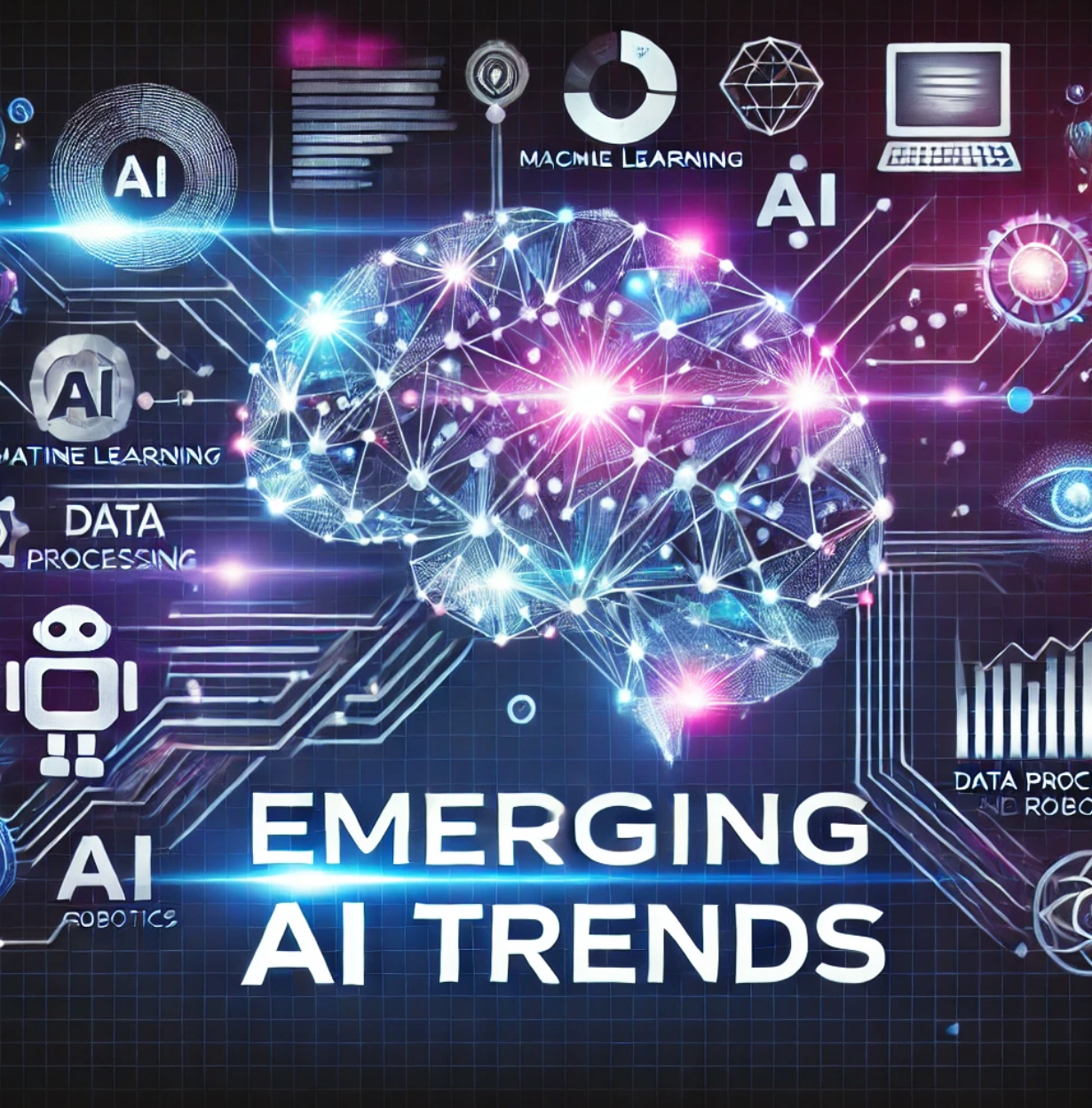
Natural Language Processing: Breaking Down Barriers
Natural Language Processing (NLP) continues to advance, bringing us closer to seamless human-computer interaction and breaking down language barriers worldwide.
Multilingual Models
AI can now perform high-quality translations across hundreds of languages, breaking down communication barriers.
- Zero-shot Translation: Some models can translate between language pairs they weren't explicitly trained on, showing a deeper understanding of language structure.
- Real-time Interpretation: AI-powered earbuds that can provide near-instantaneous translation are becoming a reality, potentially revolutionizing international communication.
- Preservation of Low-resource Languages: NLP is being used to document and preserve endangered languages, helping to maintain linguistic diversity.
Contextual Understanding
Modern NLP models are becoming increasingly adept at understanding context, sarcasm, and even emotional nuances in text.
- Sentiment Analysis: AI can now accurately gauge the emotional tone of text, with applications in customer service, market research, and social media monitoring.
- Intent Recognition: NLP systems can better understand the underlying intent of queries, leading to more accurate and helpful responses in search engines and virtual assistants.
- Summarisation: AI can produce concise, accurate summaries of long documents, potentially changing how we consume and process information.
Conversational AI
Chatbots and virtual assistants are becoming more sophisticated, able to handle complex queries and engage in more natural dialogues.
- Task Completion: AI assistants can now handle multi-step tasks, remembering context from earlier in the conversation.
- Emotional Intelligence: Some systems are being developed to recognize and respond appropriately to human emotions, potentially leading to more empathetic AI interactions.
- Personalization: AI can adapt its communication style and responses based on individual user preferences and history.
These advancements could lead to more intuitive interfaces, improved accessibility for non-technical users, and even AI systems that can engage in meaningful conversations on complex topics. The potential applications range from more effective educational tools to AI therapists and companions.
Ethical AI and Responsible Development
As AI capabilities grow, so do concerns about their ethical implications and potential misuse. The AI community is increasingly focusing on developing responsible AI practices.
Fairness and Bias Mitigation
- Dataset Auditing: Researchers are developing tools to identify and mitigate biases in training data.
- Algorithmic Fairness: New techniques are being explored to ensure AI systems make fair decisions across different demographic groups.
- Transparent AI: There's a growing emphasis on making AI decision-making processes more interpretable and explainable.
Privacy-Preserving AI
- Federated Learning: This technique allows AI models to be trained on decentralized data, preserving individual privacy.
- Differential Privacy: Mathematical techniques are being developed to maximize data utility while minimizing the risk of individual identification.
- Homomorphic Encryption: This allows computations to be performed on encrypted data, potentially allowing AI to work with sensitive information without compromising privacy.
AI Safety
- Robustness: Researchers are working on making AI systems more robust to adversarial attacks and unexpected inputs.
- Alignment: There's ongoing work to ensure AI systems' goals and behaviors align with human values and intentions.
- Long-term Impact Assessment: The AI community is increasingly considering the long-term societal impacts of AI technologies and how to steer development in beneficial directions.
Future Directions and Implications
As these technologies continue to evolve, we can expect to see:
- Increased Integration: AI becoming more deeply embedded in our daily lives, from smart homes to personalized healthcare. We may see AI assistants that can manage our schedules, monitor our health, and even provide emotional support.
- Ethical Challenges: Growing debates around AI ethics, privacy, and the societal impact of increasingly capable AI systems. Questions about AI rights, accountability for AI decisions, and the potential for AI to exacerbate or reduce social inequalities will become increasingly pressing.
- New Job Markets: The emergence of new careers focused on AI development, maintenance, and ethical oversight. We may see roles like "AI Ethicist," "Machine Learning Operations (MLOps) Engineer," or "AI-Human Interaction Designer" become commonplace.
- Hybrid Intelligence: More sophisticated human-AI collaboration, enhancing our problem-solving capabilities. This could lead to breakthroughs in scientific research, more effective education systems, and novel forms of creative expression.
- Cognitive Augmentation: AI may increasingly be used to enhance human cognitive abilities, from improving memory recall to boosting creativity and problem-solving skills.
- Environmental Applications: AI could play a crucial role in addressing climate change, from optimizing renewable energy systems to modeling complex environmental processes.
- Space Exploration: As we look to the stars, AI will likely be a key technology in enabling long-term space missions and potentially even the colonization of other planets.
The pace of AI advancement shows no signs of slowing down. As we stand on the brink of these exciting developments, it's crucial to stay informed and engaged with the latest trends and their potential impacts. The future of AI is not just a technological question, but a societal one that will shape the course of human history.
Want to stay ahead of the curve on the latest AI breakthroughs and their implications? Sign up for our newsletter and get cutting-edge insights delivered straight to your inbox. Join our community of forward-thinkers and be part of the conversation shaping the future of AI. Don't miss out on the AI revolution – subscribe today!
Sign Up For Our Weekly Newsletter and Get Your FREE Ebook " AI For Everyone - Learn the Basics and Embrace the Future"

